Junkyard Gem: 1985 BMW 635CSi

During the middle 1980s, well-heeled American car shoppers wishing to drive a flashy, powerful coupe had plenty of tempting options. Detroit would sell you an Eldorado or Mark VII, for example, while Mercedes-Benz offered a two-door version of the mighty W126 proto-S-Class and Jaguar had the XJS with two doors and a V12 under the hood. If you wanted the evilest-looking new coupe of them all in 1985, the one that looked like its trunk was full of kilos of white powder and maybe a deceased business rival or two, you had but one choice: the BMW E24 6 Series. Today’s Junkyard Gem is one of those cars, a first-year 635CSI now residing in a Northern California self-service car graveyard.
BMW sold the E24 here from the 1977 through 1989 model years, and it shared much of its chassis design with that of the E12 and E28 5 Series. In fact, the cheaper 5 Series generally proved to be quicker than its 6 Series cousin, due to the E24’s heavier weight, but the E24 looked faster.
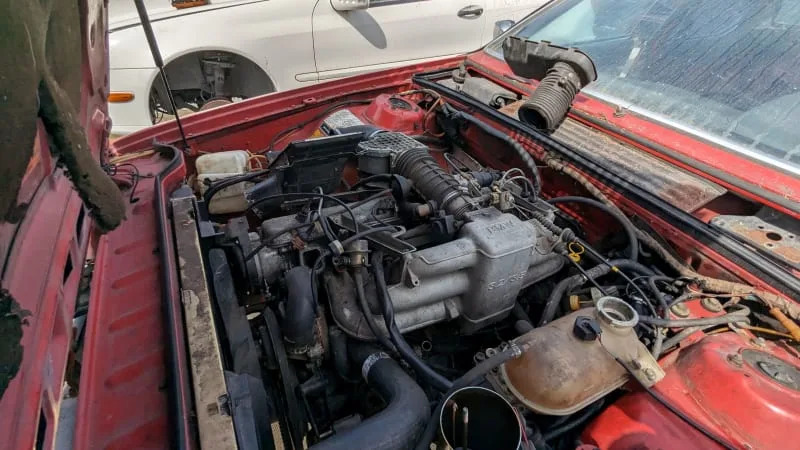
For 1985, U.S.-market BMWs with the “Big Six” engine got a displacement upgrade over the previous year, from a nominal 3.3 liters to a nominal 3.5 liters. This meant that the 533i, 633CSi and 733i became the 535i, 635CSi and 735i here. This engine was rated at 182 horsepower and 214 pound-feet.
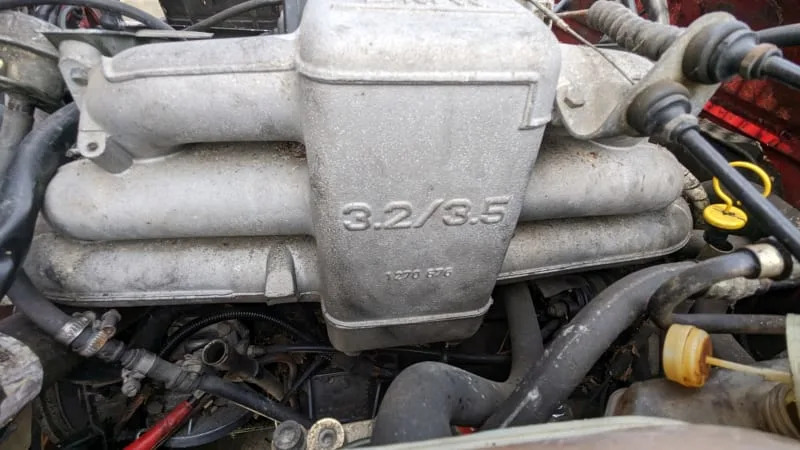
BMW cheated a bit on engine designations during this period, with the “3.3” engine displacing an actual 3.21 liters and the “3.5” displacing a mere 3.43 liters. On the other side of the Atlantic, the turbocharged version of the 7 Series was called the 745i, despite its 3.2-liter engine, presumably because turbocharging was considered magical at that time. In any case, the 1985 635CSi was respectably quick for its era, though noticeably slower than its European-market counterparts and their dirtier-running engines.
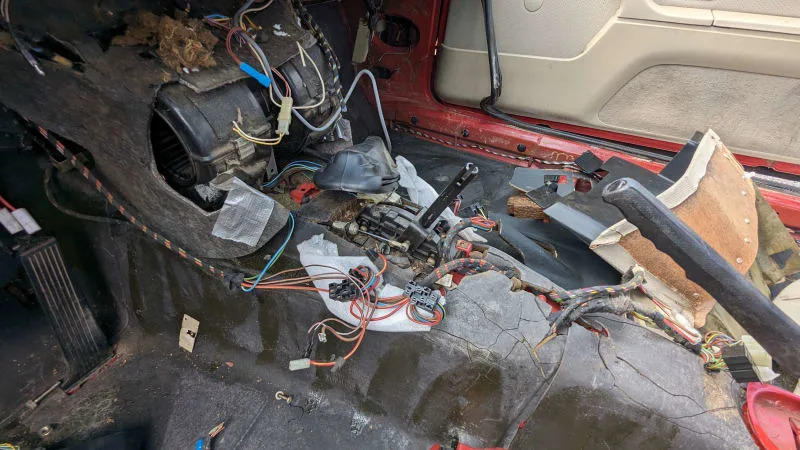
Americans had been falling out of love with manual transmissions for decades by the time this car was sold, and so it has a ZF four-speed automatic. Later in the decade, U.S.-market 6 Series buyers were charged the same for two pedals or three, but in 1985 the automatic cost an extra $750, or $2,319 in 2023 money.
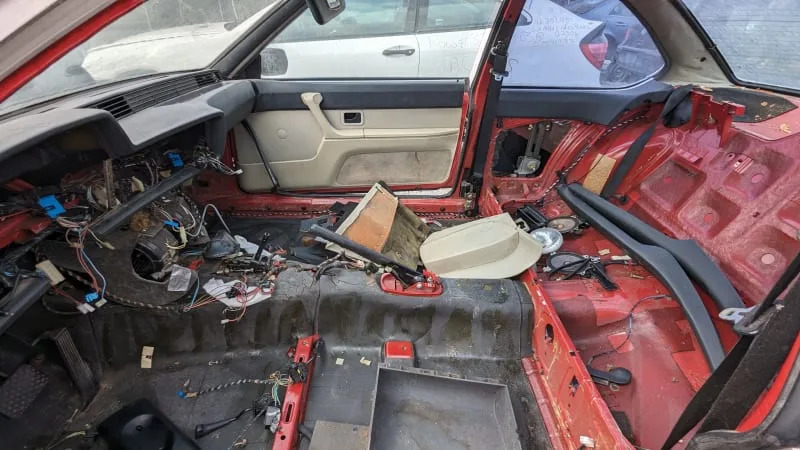
Junkyard shoppers stripped everything from the interior of this car before I arrived, so it must have been in nice shape.
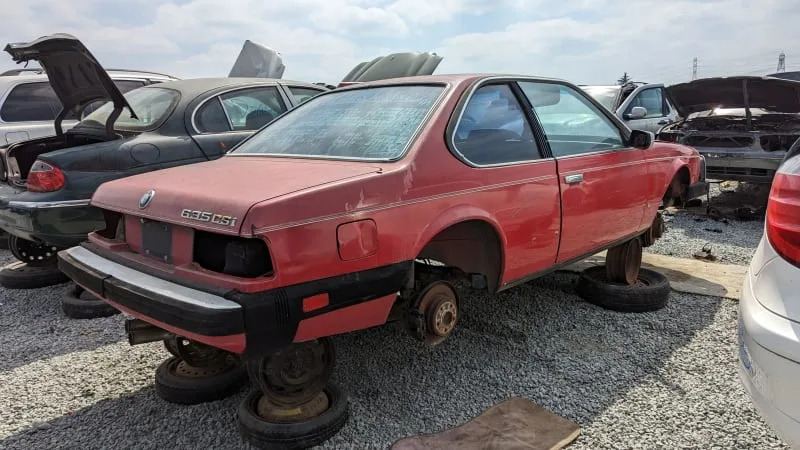
How much did it cost when new? The MSRP for this car was $41,315, which comes to about $120,534 after inflation. The 7 Series was cheaper than the 6 series that year, with a $36,880 list price ($107,595 today). The Mercedes-Benz 500 SEC cost $57,100 in 1985, or an impressive $166,585 in 2023 dollars. Put another way, you could buy seven new ’85 Chevy Sprints for the price of a single 635CSi, with enough left over to install a good aftermarket audio system in the Suzuki-built Chevrolet.
As for those proletariat worms willing to be seen in public in a Sprint, BMW had this to say: “As long as there are people who can afford perfection, BMW will continue to pursue it.”







